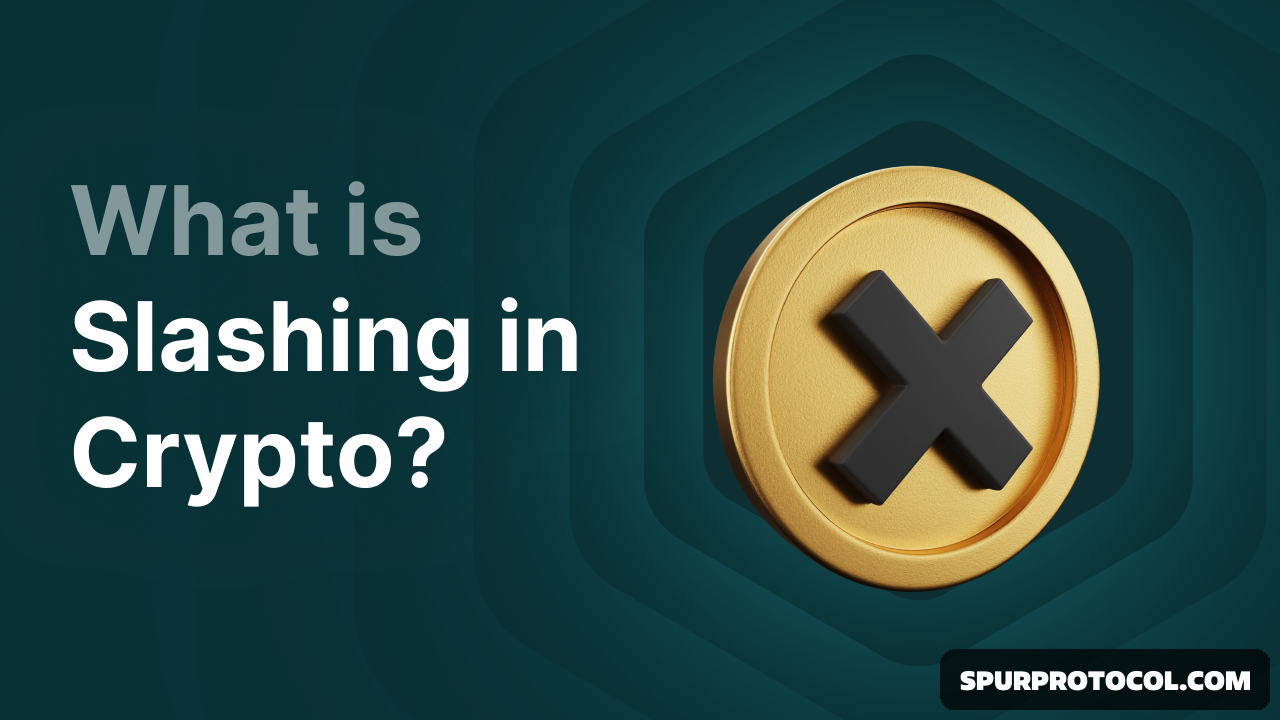What Is Crypto Slashing And How Does It Work?
Slashing is a mechanism used in Proof-of-Stake (PoS) blockchains to punish validators for harmful behavior such as downtime, double signing, or network manipulation. Break the rules? Then the validator's stake is "slashed." In other words: you get a kind of penalty where part of your crypto is taken away.
Go Back

🕒 9:40 PM
📅 Nov 16, 2025
✍️ By chrison2
°Crypto slashing is a penalty mechanism within proof-of-stake blockchains to punish validators for faulty or harmful behavior, such as downtime, double signing, or network manipulation.
°Validators stake their own crypto as collateral: for bad behavior, they lose (part of) this stake.
°Delegated stakers can also lose a small part if their chosen validator is slashed.
°Slashing helps keep the network safe and reliable but makes choosing a good validator extra important.
°Although the risk is small for regular stakers, it is important to understand how slashing works (especially if you want to become a validator yourself or are active in DeFi).
📍How does crypto slashing work?
Slashing is a kind of penalty that can be imposed in certain blockchains that use proof-of-stake (PoS). In short: if you don’t follow the rules as a validator, part of your crypto can simply be taken away. Pretty strict, but logical once you understand why it exists.
Slashing mainly occurs in blockchains such as Ethereum, Cosmos, and Polkadot. People can stake their crypto there to help secure the network and process transactions. Validators (who keep the network running) earn rewards for this but must also follow the rules.
If you misbehave as a validator (for example, by confirming incorrect transactions, being offline at crucial times, or even deliberately sabotaging the network), the slashing hammer comes down. Part of your staked crypto is automatically taken away. Validators therefore do everything they can to always stay online and remain reliable. This is in their own interest.
Crypto slashing basically works as a kind of penalty system. As a validator, you essentially say: “I promise to behave well and put my crypto as collateral.” Break that promise, and you lose (part of) that collateral.
If you stake not by yourself but through a validator (which many people do), a small part of your stake can also be lost if that validator is slashed. That’s why it’s smart to pick a reliable validator (one with a good reputation and who keeps their affairs in order). You can usually see the statistics, staking rewards, and uptime before delegating your coins to the validator.
Slashing is primarily intended to keep the network safe and fair. Without slashing, validators could make mistakes or even try to exploit the system without real consequences. With slashing, there is always a risk hanging over their heads, which keeps them sharp.
In many staking platforms, regular users don’t have to worry much about slashing. They often automatically choose reliable validators and limit your risk. But it’s good to know it exists, especially if you trade heavily on DeFi platforms.
